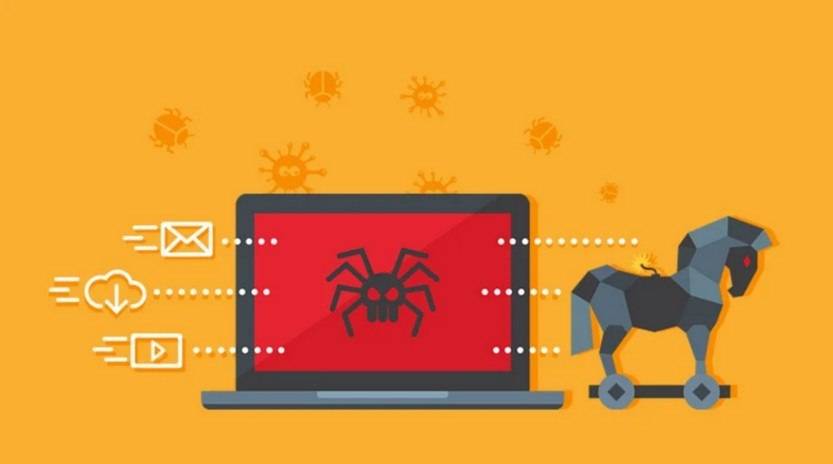Scammers are constantly finding new ways to deceive unsuspecting individuals and steal their personal information or money. One prevalent scam that has been targeting taxpayers is the HMRC ‘Reimbursements Are Available’ tax refund phishing scam. This article aims to provide valuable insights into this scam, including what it is, how it works, what to do if you have fallen victim, and other relevant data.

What is the HMRC ‘Reimbursements Are Available’ Tax Refund Phishing Scam?
The HMRC ‘Reimbursements Are Available’ tax refund phishing scam is an attempt by cybercriminals to trick individuals into providing their personal and financial information under the guise of a tax refund from HM Revenue and Customs (HMRC). These scammers send out fraudulent emails, text messages, or make phone calls claiming that the recipient is eligible for a tax refund.
The scammers often use official-looking logos, email addresses, and websites to make their communication appear legitimate. They may also include references to specific tax codes or use language that creates a sense of urgency to prompt the recipient to take immediate action.
How Does the Scam Work?
The HMRC ‘Reimbursements Are Available’ tax refund phishing scam typically follows a similar pattern:
- The scammer sends an email, text message, or makes a phone call claiming to be from HMRC and informs the recipient that they are eligible for a tax refund.
- The message includes a link or attachment that the recipient is instructed to click on or open to claim their refund.
- Clicking on the link or opening the attachment leads the recipient to a fake website that closely resembles the official HMRC website.
- The fake website prompts the recipient to enter their personal and financial information, such as their full name, address, date of birth, bank account details, and even their National Insurance number.
- Once the recipient submits their information, the scammers can use it for identity theft, financial fraud, or sell it on the dark web.
It is important to note that HMRC will never contact individuals by email or text message regarding tax refunds. They primarily communicate through traditional mail. Additionally, HMRC will never ask for personal or financial information via email, text message, or phone call.
What to Do If You Have Fallen Victim?
If you have fallen victim to the HMRC ‘Reimbursements Are Available’ tax refund phishing scam, it is crucial to take immediate action to minimize the potential damage:
- Contact your bank or financial institution to report the incident and secure your accounts.
- Change your passwords for all online accounts, especially those related to banking or financial services.
- Monitor your bank statements and credit reports regularly for any suspicious activity.
- Report the scam to HMRC by forwarding the fraudulent email or text message to phishing@hmrc.gov.uk.
- If you have provided your personal or financial information, consider contacting a credit reference agency to place a fraud alert on your credit file.
- Run a scan with Malwarebytes Free or another reputable antivirus software to ensure your device is not infected with malware.
Other Relevant Data
The HMRC ‘Reimbursements Are Available’ tax refund phishing scam has been on the rise in recent years. According to HMRC, they received reports of over 250,000 phishing attempts in the 2020/2021 tax year alone. This highlights the importance of staying vigilant and being aware of the tactics used by scammers.
It is crucial to remember that HMRC will never ask for personal or financial information via email, text message, or phone call. They will also never offer tax refunds through these channels. If you receive any communication claiming to be from HMRC regarding a tax refund, it is best to ignore it and report it to HMRC.
Summary
The HMRC ‘Reimbursements Are Available’ tax refund phishing scam is a prevalent scam that targets taxpayers by tricking them into providing their personal and financial information. Scammers use fraudulent emails, text messages, or phone calls to claim that the recipient is eligible for a tax refund. They then direct the victim to a fake website where they are prompted to enter their information, which can be used for identity theft or financial fraud.
If you have fallen victim to this scam, it is important to take immediate action by contacting your bank, changing passwords, monitoring your accounts, reporting the scam to HMRC, and running a scan with reputable antivirus software. Staying vigilant and being aware of the tactics used by scammers is crucial in protecting yourself from such scams.










